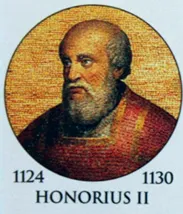
eBook - ePub
The Popes
A Brief Synopsis (from Peter to Francis)
Uriel R. Limjoco
This is a test
Buch teilen
- 160 Seiten
- English
- ePUB (handyfreundlich)
- Über iOS und Android verfügbar
eBook - ePub
The Popes
A Brief Synopsis (from Peter to Francis)
Uriel R. Limjoco
Angaben zum Buch
Buchvorschau
Inhaltsverzeichnis
Quellenangaben
Über dieses Buch
This brief synopsis aims to summarize the influence of the highest leadership on the growth and development of the Catholic Church and to encourage the reader to study the lives of the popes in a more detailed manner. Christ entrusted the chair of St. Peter to mortals, and as mortals, they are subject to the same temptations that surround us all. Some of them resisted temptation better than others. Some succumbed to temptations worse than others. May God bless the papacy, the Church, and the whole world.
Häufig gestellte Fragen
Wie kann ich mein Abo kündigen?
Gehe einfach zum Kontobereich in den Einstellungen und klicke auf „Abo kündigen“ – ganz einfach. Nachdem du gekündigt hast, bleibt deine Mitgliedschaft für den verbleibenden Abozeitraum, den du bereits bezahlt hast, aktiv. Mehr Informationen hier.
(Wie) Kann ich Bücher herunterladen?
Derzeit stehen all unsere auf Mobilgeräte reagierenden ePub-Bücher zum Download über die App zur Verfügung. Die meisten unserer PDFs stehen ebenfalls zum Download bereit; wir arbeiten daran, auch die übrigen PDFs zum Download anzubieten, bei denen dies aktuell noch nicht möglich ist. Weitere Informationen hier.
Welcher Unterschied besteht bei den Preisen zwischen den Aboplänen?
Mit beiden Aboplänen erhältst du vollen Zugang zur Bibliothek und allen Funktionen von Perlego. Die einzigen Unterschiede bestehen im Preis und dem Abozeitraum: Mit dem Jahresabo sparst du auf 12 Monate gerechnet im Vergleich zum Monatsabo rund 30 %.
Was ist Perlego?
Wir sind ein Online-Abodienst für Lehrbücher, bei dem du für weniger als den Preis eines einzelnen Buches pro Monat Zugang zu einer ganzen Online-Bibliothek erhältst. Mit über 1 Million Büchern zu über 1.000 verschiedenen Themen haben wir bestimmt alles, was du brauchst! Weitere Informationen hier.
Unterstützt Perlego Text-zu-Sprache?
Achte auf das Symbol zum Vorlesen in deinem nächsten Buch, um zu sehen, ob du es dir auch anhören kannst. Bei diesem Tool wird dir Text laut vorgelesen, wobei der Text beim Vorlesen auch grafisch hervorgehoben wird. Du kannst das Vorlesen jederzeit anhalten, beschleunigen und verlangsamen. Weitere Informationen hier.
Ist The Popes als Online-PDF/ePub verfügbar?
Ja, du hast Zugang zu The Popes von Uriel R. Limjoco im PDF- und/oder ePub-Format sowie zu anderen beliebten Büchern aus Theology & Religion & Christian Denominations. Aus unserem Katalog stehen dir über 1 Million Bücher zur Verfügung.
Information
End of Saeculum Obscurum
Popes of the Investiture Controversy
Pope Alexander II (1061–1073)
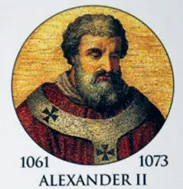
Pope St. Gregory VII (1073–1085)
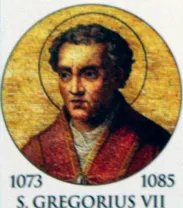
Pope Victor III (1086–1087)
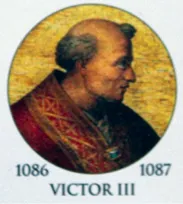
Pope Urban II (1088–1099)
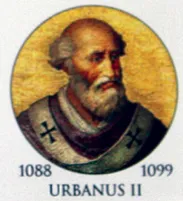
Pope Paschal II (1099–1118)

Pope Gelasius II (1118–1119)
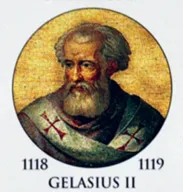
Pope Callixtus II (1119–1124)
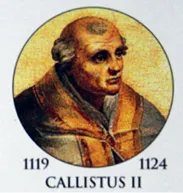
Pope Honorius II (1124–1130)
